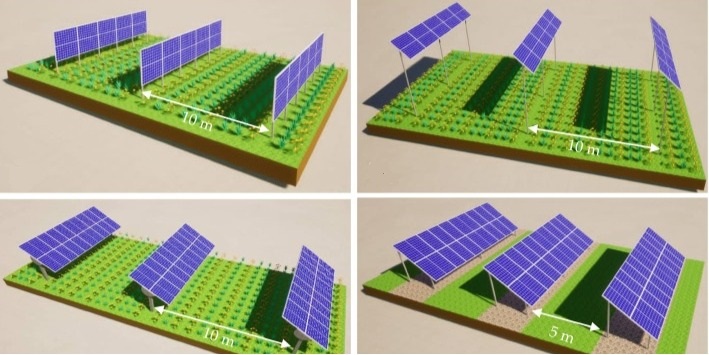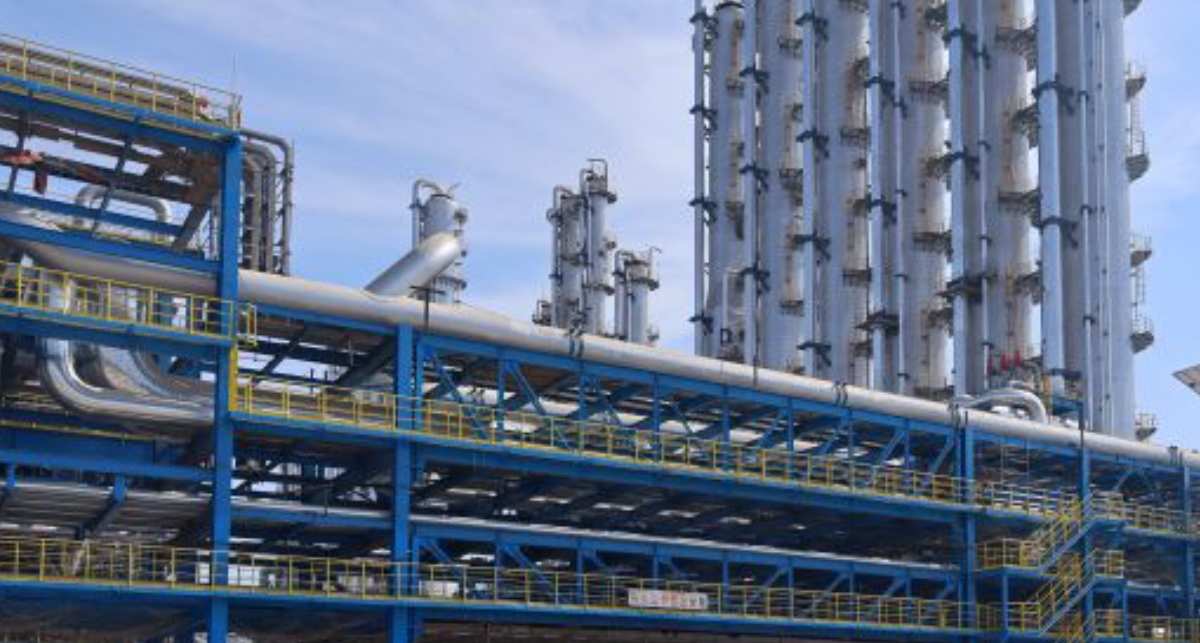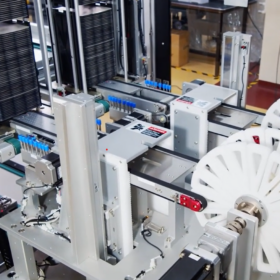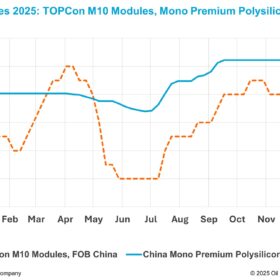Researchers from Sweden and Italy modeled the profitability and cost-effectiveness of several types of agrivoltaic (APV) systems for European crop rotations and locations.
Using a stochastic approach with Monte Carlo (MCA) simulations, which they described as a “powerful tool” to assess the effects of uncertainty of some economic input parameters on the PV project performance, they compared one-axis, vertical and elevated agrivoltaics systems to conventional ground-mounted photovoltaic systems.
The model forecasted each agrivoltaic system’s profitability and cost-effectiveness by applying key performance indicators, such as net present value (NPV), discounted payback period (DPBP), and levelized cost of energy (LCOE) assessments, according to co-corresponding author Tekai Eddine Khalil Zidane.
“This approach offered a comprehensive economic assessment to support decision-making in agrivoltaic development across Europe,” Zidane told pv magazine, noting that the study also provided a focus on the potential performance of the three APV variations in Sweden, Denmark, Germany and Italy.
“Unlike several earlier studies that concentrated on a single system type, crop rotation, specific locations, and particular costs or incomes, our goal was to provide a more comprehensive analysis of the economic performance of agrivoltaic systems,” Pietro Elia Campana, co-corresponding author of the research, told pv magazine, adding that the MCA enabled incorporating a wide range of inputs to determine their impact on the economic profitability.
“Interestingly, our analysis revealed that overhead agrivoltaic systems performed better compared to vertical systems as we moved from North to South in Europe. This improvement was due to increased electricity production and higher electricity prices, which offset the higher initial investment costs,” said Campana.
Within the study’s assumptions, the one-axis APV system across Europe had higher profitability and cost-effectiveness than vertical and elevated setups. The LCOE of the one-axis APV system was 20–25% lower than that of the vertical APV system and 30% lower than the elevated APV setup, indicating greater cost efficiency in electricity generation, according to the research, while the NPV is “mostly positive” across Europe for one-axis, vertical, and elevated systems.
Furthermore, the DPBP for the one-axis APV system was 25–30% faster than for the vertical APV system and 35% faster than for the elevated APV setup. Additionally, the one-axis APV system showed shorter DPBP and lower LCOE than the reference conventional ground-mounted PV (CGMPV).
In Germany and Italy, the elevated APV systems have higher profitability than vertical systems, as their increased electricity output offsets the higher costs associated with their installation, noted the researchers.
As for Sweden and Denmark, vertical systems demonstrate higher profitability, with Denmark-sited systems offering “significantly higher profitability due to elevated electricity” selling prices.
The most significant parameters influencing NPV electricity-agriculture variation and NPV electricity-only variation are the electricity selling prices, the PV system-specific costs, and the real weighted average cost of capital (WACC), noted the researchers.
Furthermore, the average crop rotation profit was observed to be the “most important parameter” that impacts the agricultural NPV, while the project LCOE is primarily influenced by the PV system-specific cost, operation and maintenance cost and the real WACC.
The findings of the study are “particularly significant for decision-makers and stakeholders involved in developing agrivoltaic policies,” noted the researchers.
Their work is described in “Economic evaluation of one-axis, vertical, and elevated agrivoltaic systems across Europe: a Monte Carlo Analysis,” published in Applied Energy. The researchers were from Mälardalen University in Sweden and Università Cattolica del Sacro Cuore in Italy.
Looking ahead, the teams intend to continue to focus research efforts on agrivoltaic systems, according to Zidane.
This content is protected by copyright and may not be reused. If you want to cooperate with us and would like to reuse some of our content, please contact: editors@pv-magazine.com.








By submitting this form you agree to pv magazine using your data for the purposes of publishing your comment.
Your personal data will only be disclosed or otherwise transmitted to third parties for the purposes of spam filtering or if this is necessary for technical maintenance of the website. Any other transfer to third parties will not take place unless this is justified on the basis of applicable data protection regulations or if pv magazine is legally obliged to do so.
You may revoke this consent at any time with effect for the future, in which case your personal data will be deleted immediately. Otherwise, your data will be deleted if pv magazine has processed your request or the purpose of data storage is fulfilled.
Further information on data privacy can be found in our Data Protection Policy.